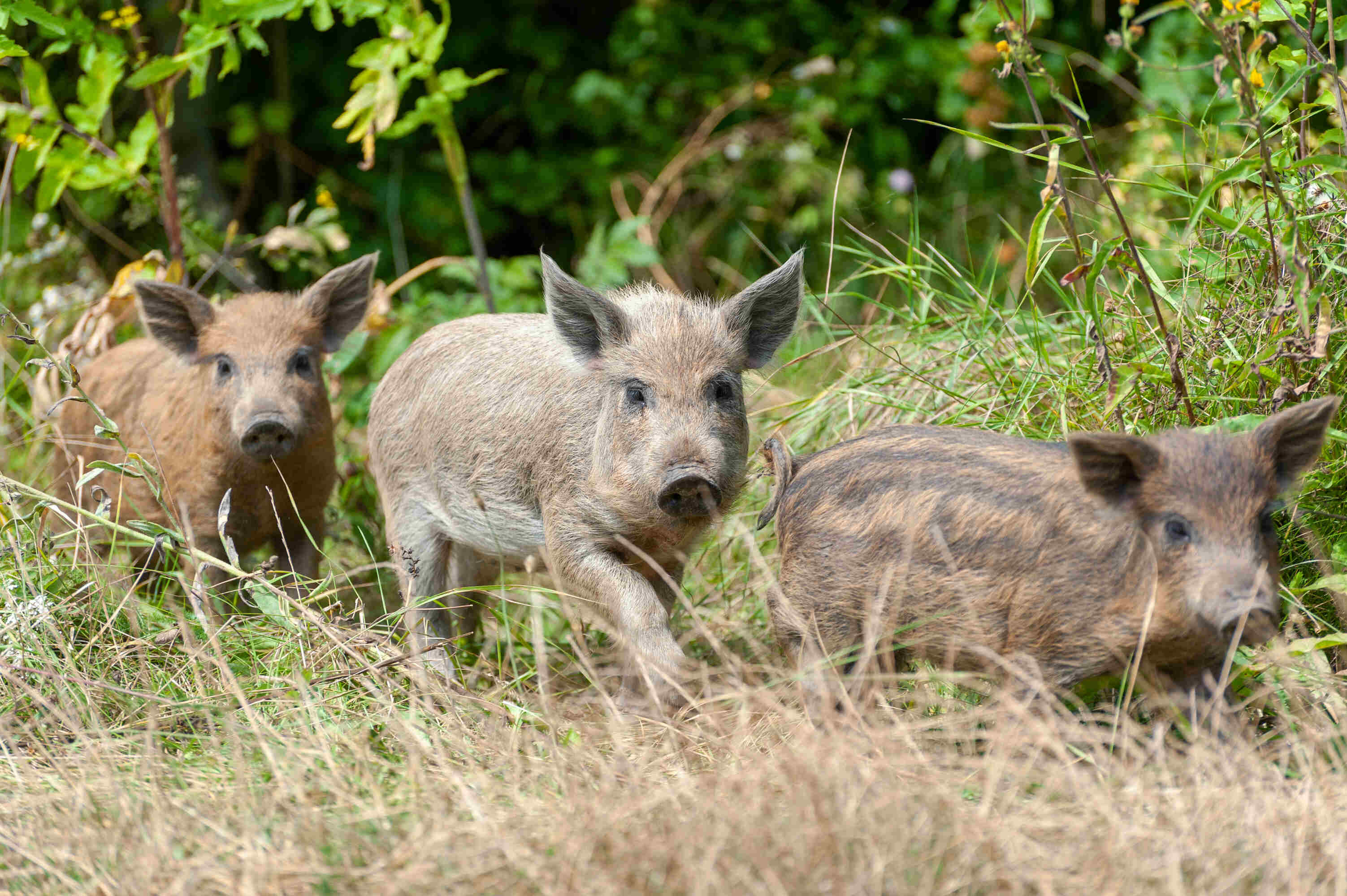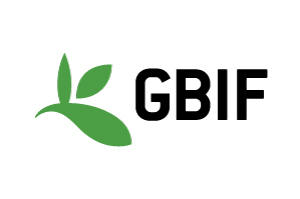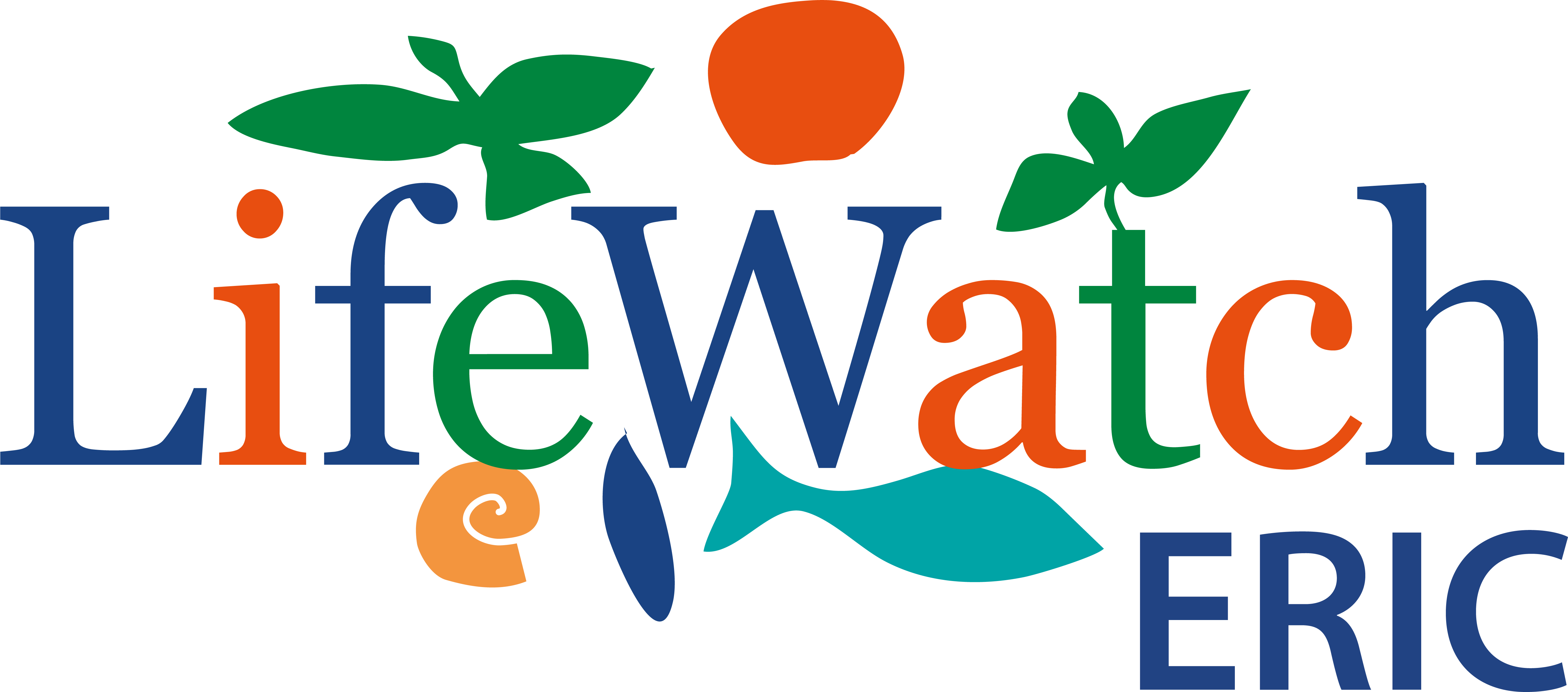
In this page: Digital Twin Model | Resources | Partners
Disease Outbreaks
The Prototype Biodiversity Digital Twin (BioDT) for Disease Outbreaks is designed to predict and manage the spread of African swine fever (ASF) in European wild boar populations. African swine fever is a highly transmissible virus that affects wild and domestic swine populations. In Europe, this non-native virus has significantly impacted wild boar populations, with occasional outbreaks in domestic pigs. The ability to predict and control the short-term spatial spread of ASF is crucial for minimising its impact and preventing future outbreaks. Effective management strategies are essential to mitigate the economic and agricultural consequences of the disease.
This digital twin aims to enhance decision-making capabilities for public health officials by providing dynamic, data-driven insights into the disease's spatial dynamics. The Prototype Biodiversity Digital Twin (BioDT) for Disease Outbreaks uses an individual-based, landscape-level mechanistic model to simulate the spread and control of ASF. By integrating real-time data and user-defined control measures, the digital twin provides actionable insights for managing ASF outbreaks in European wild boar populations.
*This prototype digital twin is in early access and intended for research purposes only; do not use for decision-making or operational purposes.
Disease Outbreaks and Digital Twin Models
Modelling and Data
The core of the BioDT's modelling capability is a spatially-explicit mechanistic model that incorporates wild boar ecology and ASF epidemiology. Some of the data and modelling components include;
Habitat data, which provides the landscape framework for simulations comes from sources such as ENetWild and user-provided datasets.
Real-time wild boar geolocation and infection status data, as well as proposed virus control scenarios. These data are dynamic and trigger model reruns to update predictions based on new information.
The model simulates the behaviour and interactions of individual wild boars within a defined landscape. It accounts for factors such as movement patterns, social structure, and infection dynamics.
ASF transmission is modelled through direct contact between infected and healthy individuals, as well as through contaminated carcasses, food, or equipment.
Users can input various control measures, such as barriers, depopulation efforts, and carcass retrieval, to evaluate their effectiveness in containing the virus.
The model is continuously updated with new data, providing real-time predictions and recommendations for controlling the spread of ASF.
Who can use the pDT?
The BioDT interface will offer a user-friendly platform for interacting with the model where users can upload habitat structure data, geolocation data, and infection status information through a web-based form. Users can also define control measures and run simulations to assess their impact. Finally the interface will display simulation results through dynamic maps and charts, showing the predicted spread of ASF and the effectiveness of control measures.




